When it comes to intercontinental shipping, there are only two options: air and ocean freight. They have been competing for decades, raising the ante in the transportation industry in speed and cargo capacity. Shipping vehicles between continents isn’t complicated, as you have to choose the only one of these options. However, deciding between them requires a careful study of the advantages and disadvantages of both. In this blog, we’re going over the pros and cons of air and sea freight services.
Understanding the key differences between air and sea freight services
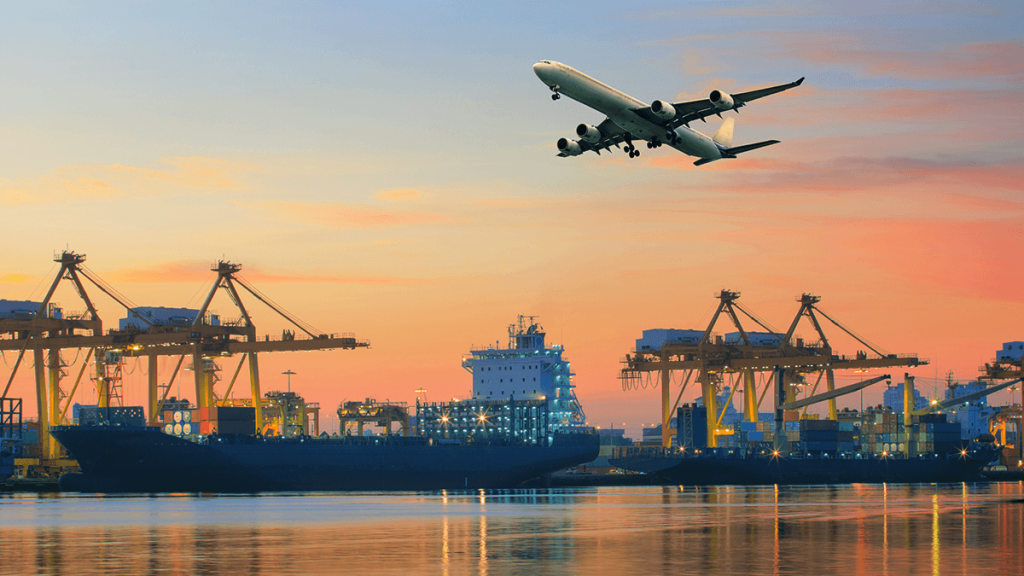
These two are completely different transportation modes differing in speed, load capacity, the way cargo is handled, and most important, costs. Prices for both services are calculated differently. While price for a single sea freight shipment is calculated by tons/cubic meters, air shipping services use chargeable weight. This is determined either by the gross or volumetric weight of the cargo you’re going to ship internationally.
Most air freight forwarding companies calculate the weight assuming a dimensional factor of 6,000 cubic centimeters per kilogram. That is why air freight prices can alter drastically if you’re shipping anything weighing more than half a ton.
Air cargo shipping: pros and cons

Air freight is the fastest method to ship a car. Nevertheless, that speed doesn’t come without a heavy price tag, so shipment by air continues to be the most expensive option within the industry. Air shipments require less handling because of strict airport regulations, as cargo is unitized and sorted by airport supply chain workers before international air freight. This increases the safety of your cargo through additional packaging a shipment receives during unitizing, which further helps prevent damage.
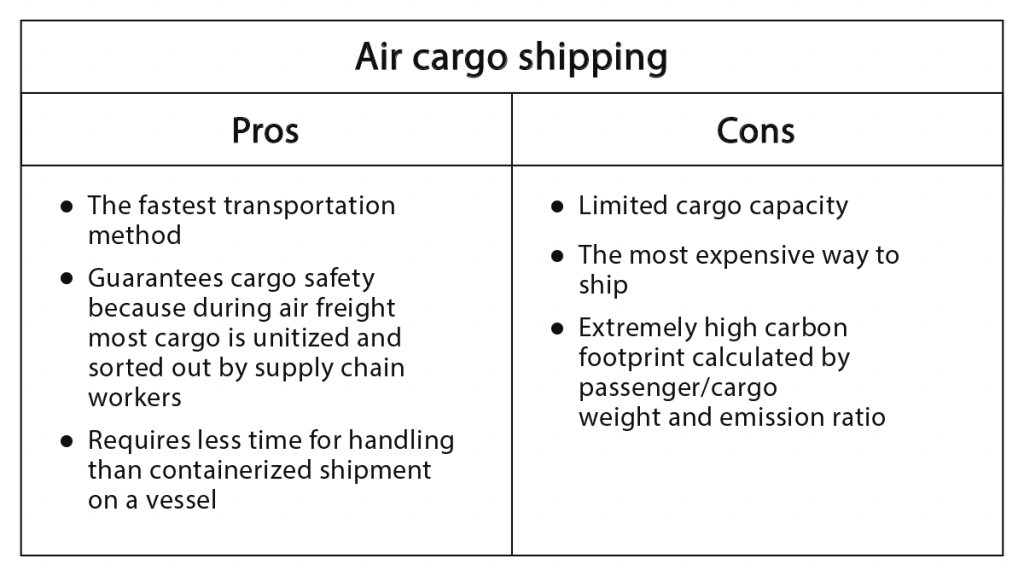
Air cargo shipping isn’t frequently used for shipping bulky, heavy, or oversized items because of weight restrictions and aircrafts’ limited carrying capacity. Take into account that all cargo planes rarely can accommodate more than 100 tons (~200,000 lbs) of cargo.
Ocean freight: pros and cons
Maritime international shipping offers superb capacity: huge cargo vessels can transport up to 8,000 containers simultaneously. Usually, total shipping costs are split between those who order shipping, making ocean freight the most affordable shipping method. Consequently, its affordability accounts for the high demand for shipping vessels, which does not always correlate with supply. This results in huge queues at ports and peak season surcharges, affecting the estimated sailing times and shipping prices.
You can also ship parts on an additional pallet for a fee, but they should be declared during US Customs clearance, which may affect your quote. Note that marine insurance usually doesn’t cover any damage caused by items placed in a car or container, so ship them at your own risk.
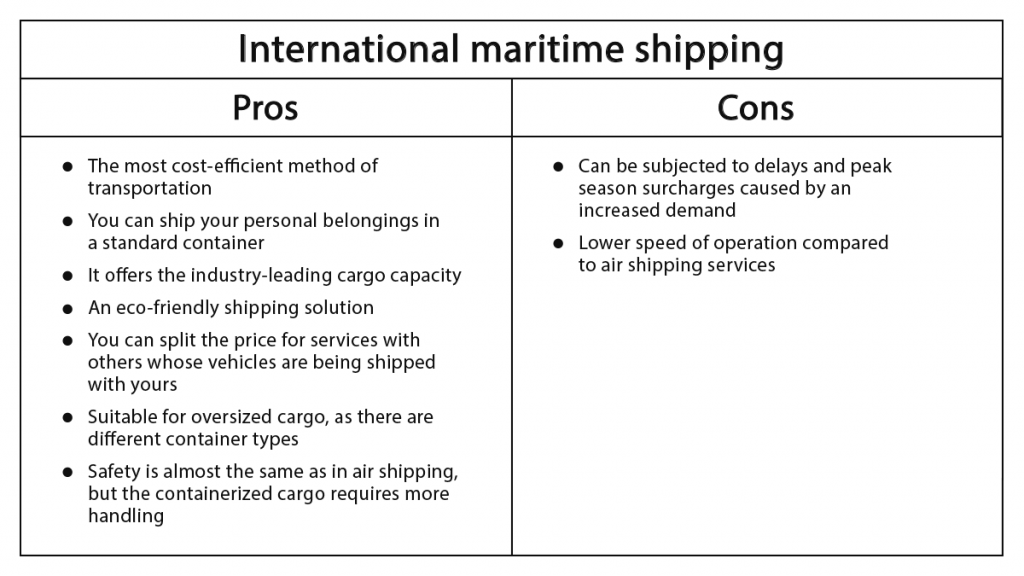
International marine shipping is way more friendly to the environment: modern container vessels emit less than 15 grams of carbon dioxide per a single km or approximately 0.62 miles.
Ocean freight is slower than airline cargo shipping. As a plane transports goods to the destination in a day or two, vessel sailing time can reach nearly 50 days (depending on the distance and above mentioned factors).
Both can be subjected to delays caused by airport/customs clearance, missing or improperly submitted paperwork, cargo handling, warehousing, and consolidation.
Final word
Both air and sea freight services have their own pros and cons. Air shipping services are the best when you want to get your vehicle as soon as possible, disregarding the price. Ordering international container consolidation is the easiest way to make your shipping cost-efficient, but the delivery will take longer. The choice depends merely on your needs and how much you’re ready to pay. EasyHaul is ready to help you with all the suite of transportation services you may need. We are available from 6:00 AM to 4:00 PM Pacific Standard Time for your questions, so you can get ahold by calling us at + 1 (360) 776-3596 or by filling out our online form. Register to place your order, track it in real-time, and leave all the rest to us.



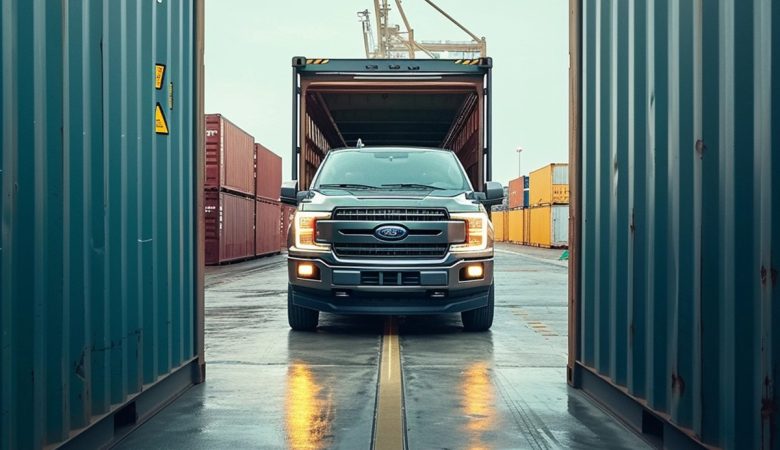
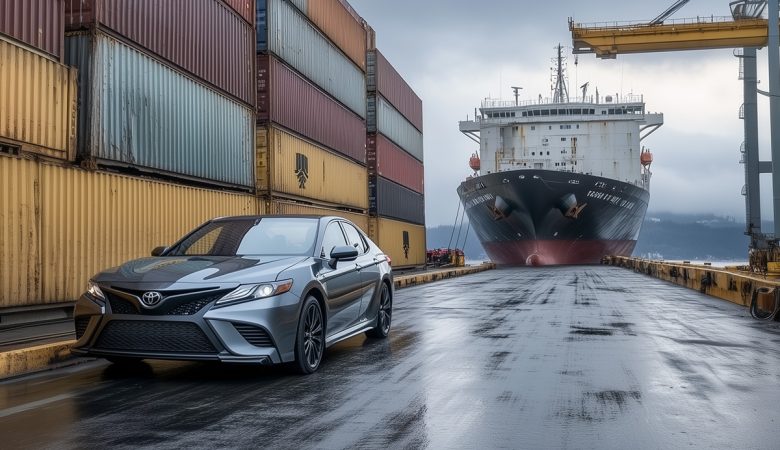
Leave a Reply
You must be logged in to post a comment.